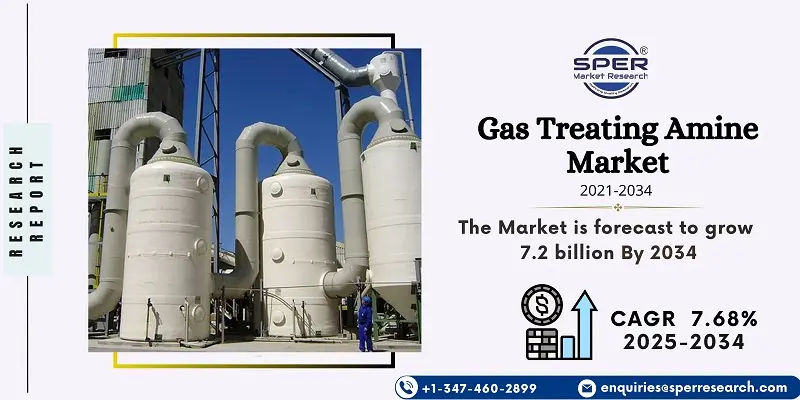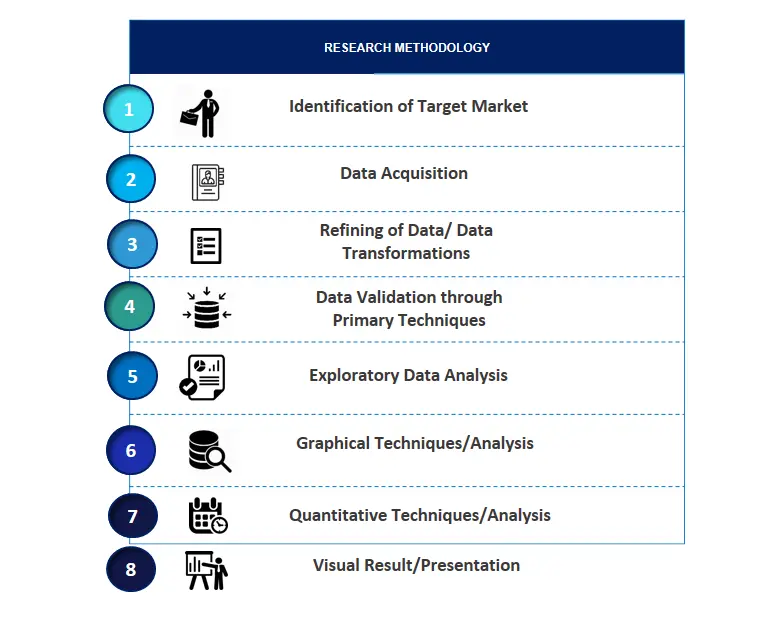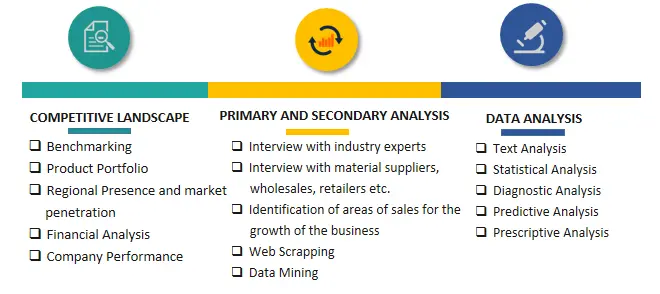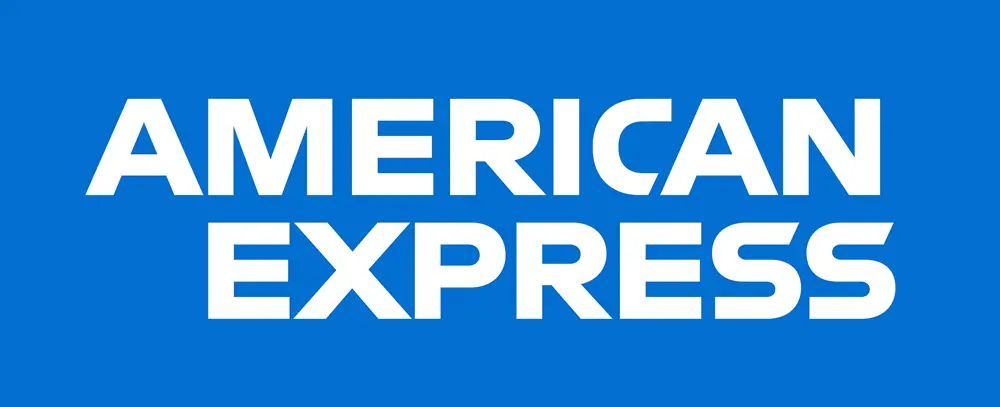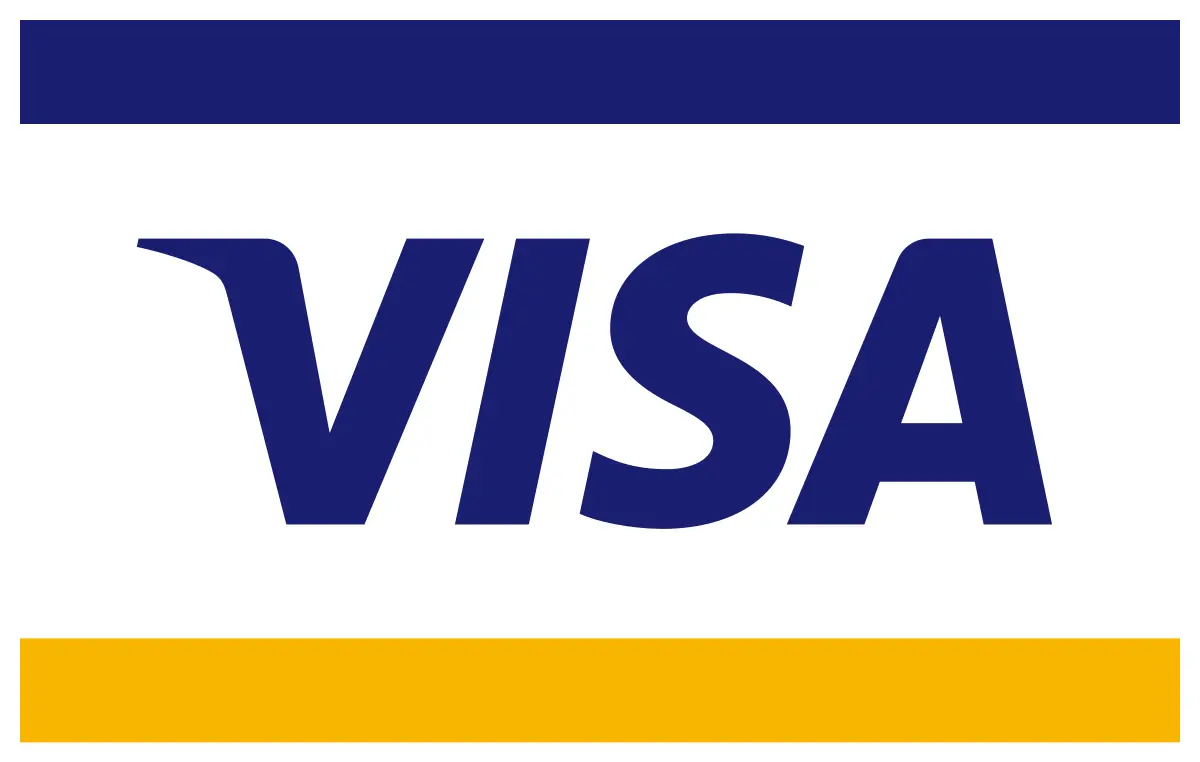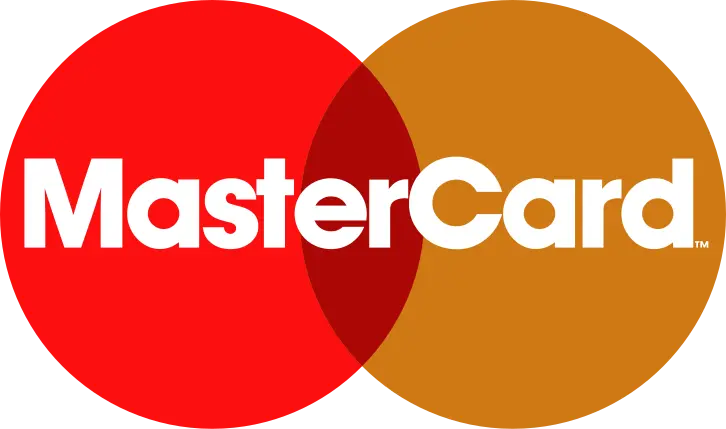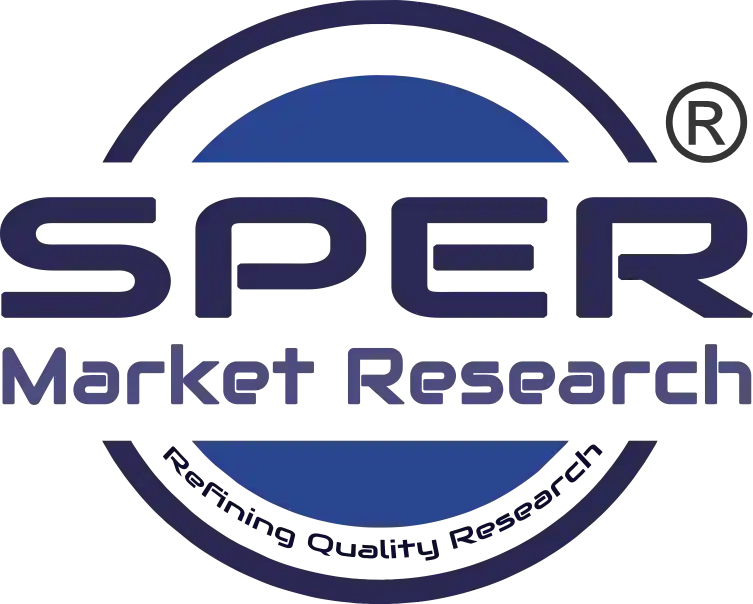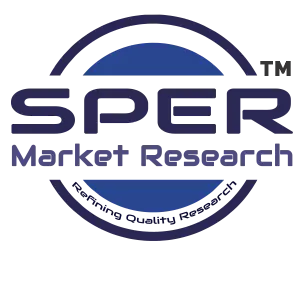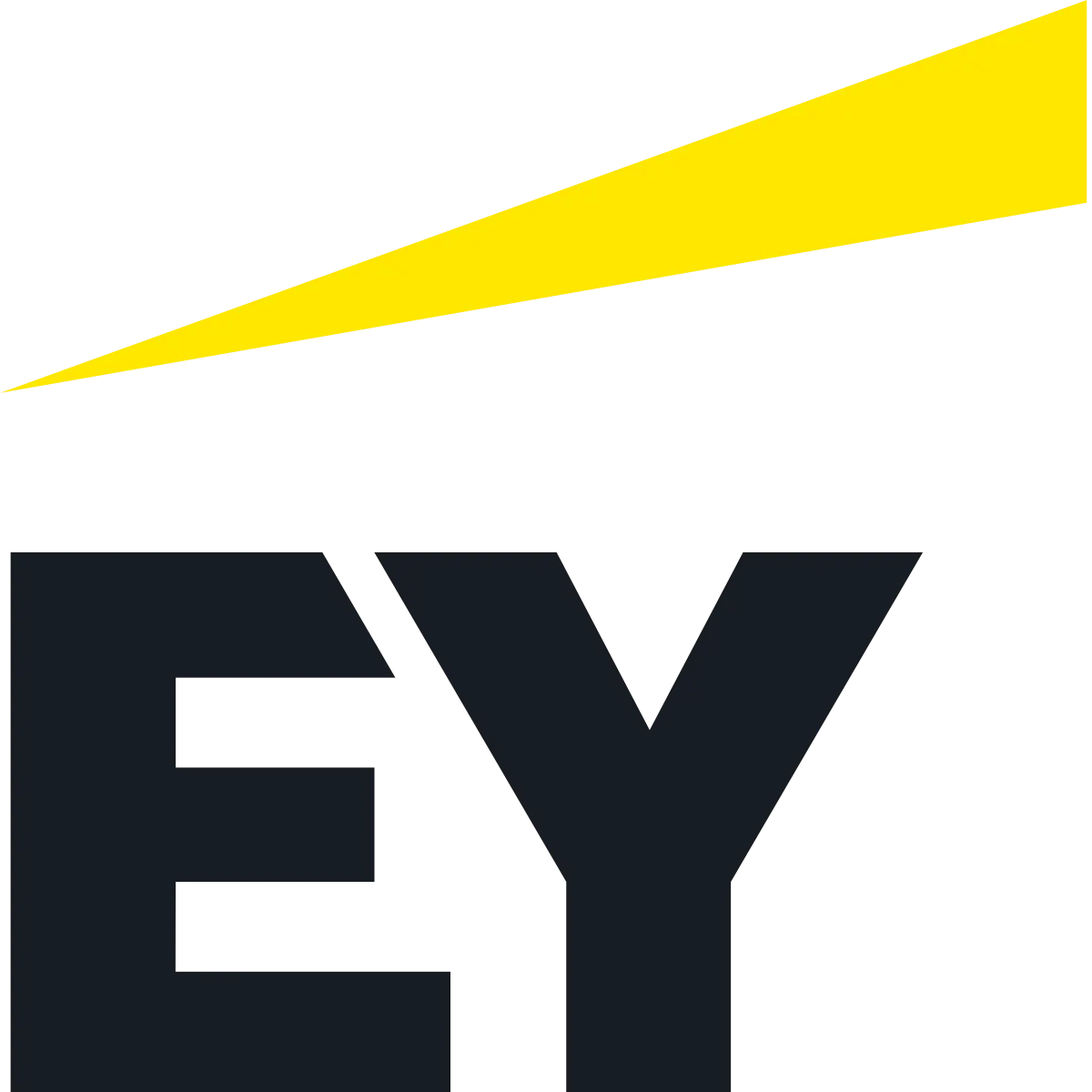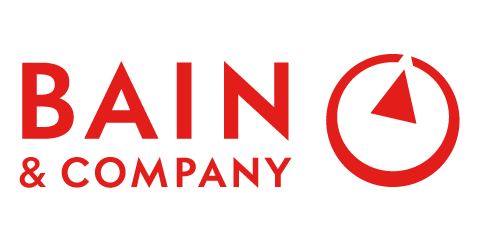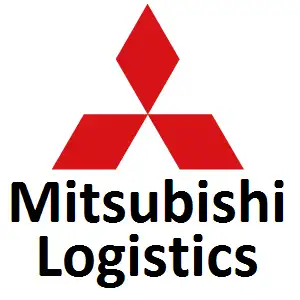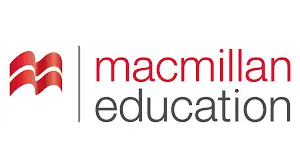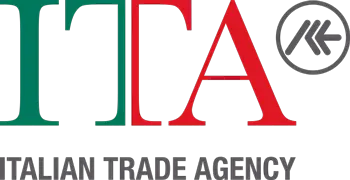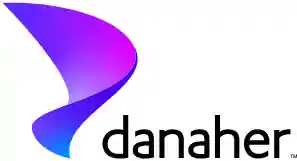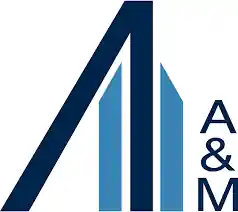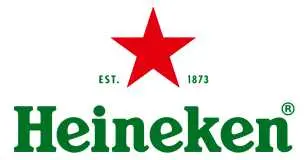Gas Treating Amine Market Introduction and Overview
According to SPER Market Research, the Global Gas Treating Amine Market is estimated to reach USD 7.2 billion by 2034 with a CAGR of 7.68%.
The report includes an in-depth analysis of the Global Gas Treating Amine Market, including market size and trends, product mix, Applications, and supplier analysis. The market focuses on the production, distribution, and use of specialized amines designed for purifying and processing various gas streams. These compounds are essential for selectively removing impurities like hydrogen sulfide (Hâ‚‚S) and carbon dioxide (COâ‚‚) from natural gas, refinery gases, biogas, and industrial emissions. Their role is critical in ensuring gas quality, operational safety, and environmental compliance across sectors such as oil and gas, petrochemicals, power generation, and renewable energy. As global energy demands rise and environmental regulations tighten, the demand for efficient gas purification technologies is growing, driving strong market expansion and emphasizing the shift toward cleaner energy sources. The Gas Treating Amine Market faces challenges from equipment corrosion due to the corrosive nature of amines, leading to safety risks and costly maintenance. Additionally, improper handling of amines can cause environmental pollution, highlighting the need for sustainable practices.
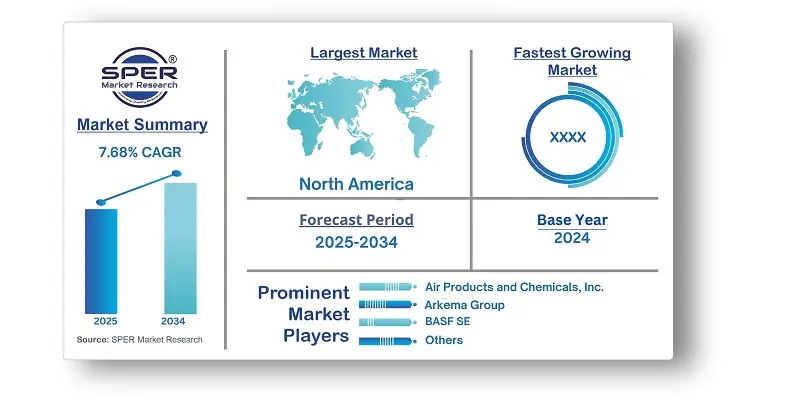
By Type:
The market, segmented into monoethanolamide (MEA), diethanolamine (DEA), ethanolamine (ETA), and others, sees MEA as the leading and fastest-growing segment. This growth is largely driven by MEA’s proven versatility and high efficiency in gas treatment applications, especially for removing acidic gases like hydrogen sulfide and carbon dioxide. Its widespread adoption across industries highlights its reliability and effectiveness, making it the preferred choice in gas purification processes and fueling its continued expansion in the global market.
By Application:
The gas treating amine market, segmented by applications such as natural gas sweetening, biogas purification, refinery gas treatment, and acid gas removal (AGR), identifies natural gas sweetening as the fastest-growing segment. This growth is primarily driven by the rising global demand for natural gas and the expansion of exploration and production activities. Moreover, increasingly strict environmental regulations requiring lower emissions and cleaner energy sources are further encouraging the adoption of amine-based technologies for effective removal of impurities like hydrogen sulfide (Hâ‚‚S) and carbon dioxide (COâ‚‚) from natural gas streams.
By End User:
In the gas treating amine market, key end-users include the oil and gas industry, refining, power generation, renewable energy, and others, with the oil and gas segment standing out as the fastest growing. This growth is driven by the rising global demand for natural gas as a cleaner energy source, prompting greater use of gas treating amines in processing operations. Additionally, strict environmental regulations and increased investments in shale gas and unconventional resource development are further fueling demand in this sector.
By Regional Insights
Asia Pacific emerged as the leading region in the gas treating amine market, driven by a combination of key growth factors. The region’s rapid industrialization and urbanization have significantly increased energy demand, especially for natural gas, creating a strong need for effective gas treating technologies. Ongoing investments in infrastructure—such as pipelines, refineries, and power plants—are further propelling demand for amine-based gas treatment solutions. Additionally, a growing population and rising middle class continue to boost natural gas consumption, reinforcing the need for advanced purification methods to meet environmental standards and ensure energy security.
Market Competitive Landscape
The market is moderately consolidated. Some of the market key players are Air Products and Chemicals, Inc., Arkema Group, BASF SE, Chevron Phillips Chemical Company LLC, Clariant AG, Dow Chemical Company, Evonik Industries AG, ExxonMobil Corporation, Huntsman Corporation, INEOS Group Holdings S.A., Linde plc, Mitsubishi Gas Chemical Company, Nalco Champion (Ecolab Inc.), SABIC (Saudi Basic Industries Corporation), Others.
Recent Developments:
In December 2023, ExxonMobil Upstream Research introduced a cutting-edge inlet feed gas conditioning technology designed to mitigate amine solvent foaming in gas treating facilities, especially those upstream of LNG production. This innovation tackles frequent issues such as decreased gas throughput and the risk of plant shutdowns caused by solvent carryover.
In February 2024, bp and BASF signed a license agreement for BASF’s OASE® white gas treating technology to support carbon dioxide capture at bp’s planned blue hydrogen project, H2Teesside. This technology is designed to enhance energy efficiency and enable CO₂ capture rates of up to 99.99%. Using an amine-based solvent, the OASE process separates CO₂ from hydrogen-rich gas for storage, with the solvent being regenerated and reused in the system.
Scope of the report:
| Report Metric | Details |
| Market size available for years | 2021-2034 |
| Base year considered | 2024 |
| Forecast period | 2025-2034 |
| Segments covered | By Type, By Film Base, By End User |
| Regions covered | North America, Latin America, Asia-Pacific, Europe, and Middle East & Africa |
| Companies Covered | Air Products and Chemicals, Inc., Arkema Group, BASF SE, Chevron Phillips Chemical Company LLC, Clariant AG, Dow Chemical Company, Evonik Industries AG, ExxonMobil Corporation, Huntsman Corporation, INEOS Group Holdings S.A., Linde plc, Mitsubishi Gas Chemical Company, Nalco Champion (Ecolab Inc.), SABIC (Saudi Basic Industries Corporation), Others. |
Key Topics Covered in the Report
- Global Gas Treating Amine Market Size (FY’2021-FY’2034)
- Overview of Global Gas Treating Amine Market
- Segmentation of Global Gas Treating Amine Market By Type {(Monoethanolamide (MEA), Diethanolamine (DEA), Ethanolamine (ETA), Others}
- Segmentation of Global Gas Treating Amine Market By Application (Natural gas sweetening, Biogas purification, Refinery gas treatment, Acid Gas removal (AGR), Others)
- Segmentation of Global Gas Treating Amine Market By End User, (Oil and gas industry, Refining industry, Power generation, Renewal industry, Others)
- Statistical Snap of Global Gas Treating Amine Market
- Expansion Analysis of Global Gas Treating Amine Market
- Problems and Obstacles in Global Gas Treating Amine Market
- Competitive Landscape in the Global Gas Treating Amine Market
- Details on Current Investment in Global Gas Treating Amine Market
- Competitive Analysis of Global Gas Treating Amine Market
- Prominent Players in the Global Gas Treating Amine Market
- SWOT Analysis of Global Gas Treating Amine Market
- Global Gas Treating Amine Market Future Outlook and Projections (FY’2025-FY’2034)
- Recommendations from Analyst
1. Introduction
1.1. Scope of the report
1.2. Market segment analysis
2. Research Methodology
2.1. Research data source
2.1.1. Secondary Data
2.1.2. Primary Data
2.1.3. SPER’s internal database
2.1.4. Premium insight from KOL’s
2.2. Market size estimation
2.2.1. Top-down and Bottom-up approach
2.3. Data triangulation
3. Executive Summary
4. Market Dynamics
4.1. Driver, Restraint, Opportunity and Challenges analysis
4.1.1. Drivers
4.1.2. Restraints
4.1.3. Opportunities
4.1.4. Challenges
5. Market variable and outlook
5.1. SWOT Analysis
5.1.1. Strengths
5.1.2. Weaknesses
5.1.3. Opportunities
5.1.4. Threats
5.2. PESTEL Analysis
5.2.1. Political Landscape
5.2.2. Economic Landscape
5.2.3. Social Landscape
5.2.4. Technological Landscape
5.2.5. Environmental Landscape
5.2.6. Legal Landscape
5.3. PORTER’s Five Forces
5.3.1. Bargaining power of suppliers
5.3.2. Bargaining power of buyers
5.3.3. Threat of Substitute
5.3.4. Threat of new entrant
5.3.5. Competitive rivalry
5.4. Heat Map Analysis
6. Competitive Landscape
6.1. Global Gas Treating Amine Market Manufacturing Base Distribution, Sales Area, Product Type
6.2. Mergers & Acquisitions, Partnerships, Product Launch, and Collaboration in Global Gas Treating Amine Market
7. Global Gas Treating Amine Market, By Type, (USD Million) 2021-2034
7.1. Monoethanolamide (MEA)
7.2. Diethanolamine (DEA)
7.3. Ethanolamine (ETA)
7.4. Others
8. Global Gas Treating Amine Market, By Application, (USD Million) 2021-2034
8.1. Natural gas sweetening
8.2. Biogas purification
8.3. Refinery gas treatment
8.4. Acid Gas removal (AGR)
8.5. Others
9. Global Gas Treating Amine Market, By End User, (USD Million) 2021-2034
9.1. Oil and gas industry
9.2. Refining industry
9.3. Power generation
9.4. Renewal industry
9.5. Others
10. Global Gas Treating Amine Market, (USD Million) 2021-2034
10.1. Global Gas Treating Amine Market Size and Market Share
11. Global Gas Treating Amine Market, By Region, 2021-2034 (USD Million)
11.1. Asia-Pacific
11.1.1. Australia
11.1.2. China
11.1.3. India
11.1.4. Japan
11.1.5. South Korea
11.1.6. Rest of Asia-Pacific
11.2. Europe
11.2.1. France
11.2.2. Germany
11.2.3. Italy
11.2.4. Spain
11.2.5. United Kingdom
11.2.6. Rest of Europe
11.3. Middle East and Africa
11.3.1. Kingdom of Saudi Arabia
11.3.2. United Arab Emirates
11.3.3. Qatar
11.3.4. South Africa
11.3.5. Egypt
11.3.6. Morocco
11.3.7. Nigeria
11.3.8. Rest of Middle-East and Africa
11.4. North America
11.4.1. Canada
11.4.2. Mexico
11.4.3. United States
11.5. Latin America
11.5.1. Argentina
11.5.2. Brazil
11.5.3. Rest of Latin America
12. Company Profile
12.1. Air Products and Chemicals, Inc.
12.1.1. Company details
12.1.2. Financial outlook
12.1.3. Product summary
12.1.4. Recent developments
12.2. Arkema Group
12.2.1. Company details
12.2.2. Financial outlook
12.2.3. Product summary
12.2.4. Recent developments
12.3. BASF SE
12.3.1. Company details
12.3.2. Financial outlook
12.3.3. Product summary
12.3.4. Recent developments
12.4. Chevron Phillips Chemical Company LLC
12.4.1. Company details
12.4.2. Financial outlook
12.4.3. Product summary
12.4.4. Recent developments
12.5. Clariant AG
12.5.1. Company details
12.5.2. Financial outlook
12.5.3. Product summary
12.5.4. Recent developments
12.6. Dow Chemical Company
12.6.1. Company details
12.6.2. Financial outlook
12.6.3. Product summary
12.6.4. Recent developments
12.7. Evonik Industries AG
12.7.1. Company details
12.7.2. Financial outlook
12.7.3. Product summary
12.7.4. Recent developments
12.8. ExxonMobil Corporation
12.8.1. Company details
12.8.2. Financial outlook
12.8.3. Product summary
12.8.4. Recent developments
12.9. Huntsman Corporation
12.9.1. Company details
12.9.2. Financial outlook
12.9.3. Product summary
12.9.4. Recent developments
12.10. INEOS Group Holdings S.A.
12.10.1. Company details
12.10.2. Financial outlook
12.10.3. Product summary
12.10.4. Recent developments
12.11. Linde plc
12.11.1. Company details
12.11.2. Financial outlook
12.11.3. Product summary
12.11.4. Recent developments
12.12. Mitsubishi Gas Chemical Company
12.12.1. Company details
12.12.2. Financial outlook
12.12.3. Product summary
12.12.4. Recent developments
12.13. Nalco Champion (Ecolab Inc.)
12.13.1. Company details
12.13.2. Financial outlook
12.13.3. Product summary
12.13.4. Recent developments
12.14. SABIC (Saudi Basic Industries Corporation)
12.14.1. Company details
12.14.2. Financial outlook
12.14.3. Product summary
12.14.4. Recent developments
12.15. Others
13. Conclusion
14. List of Abbreviations
15. Reference Links


